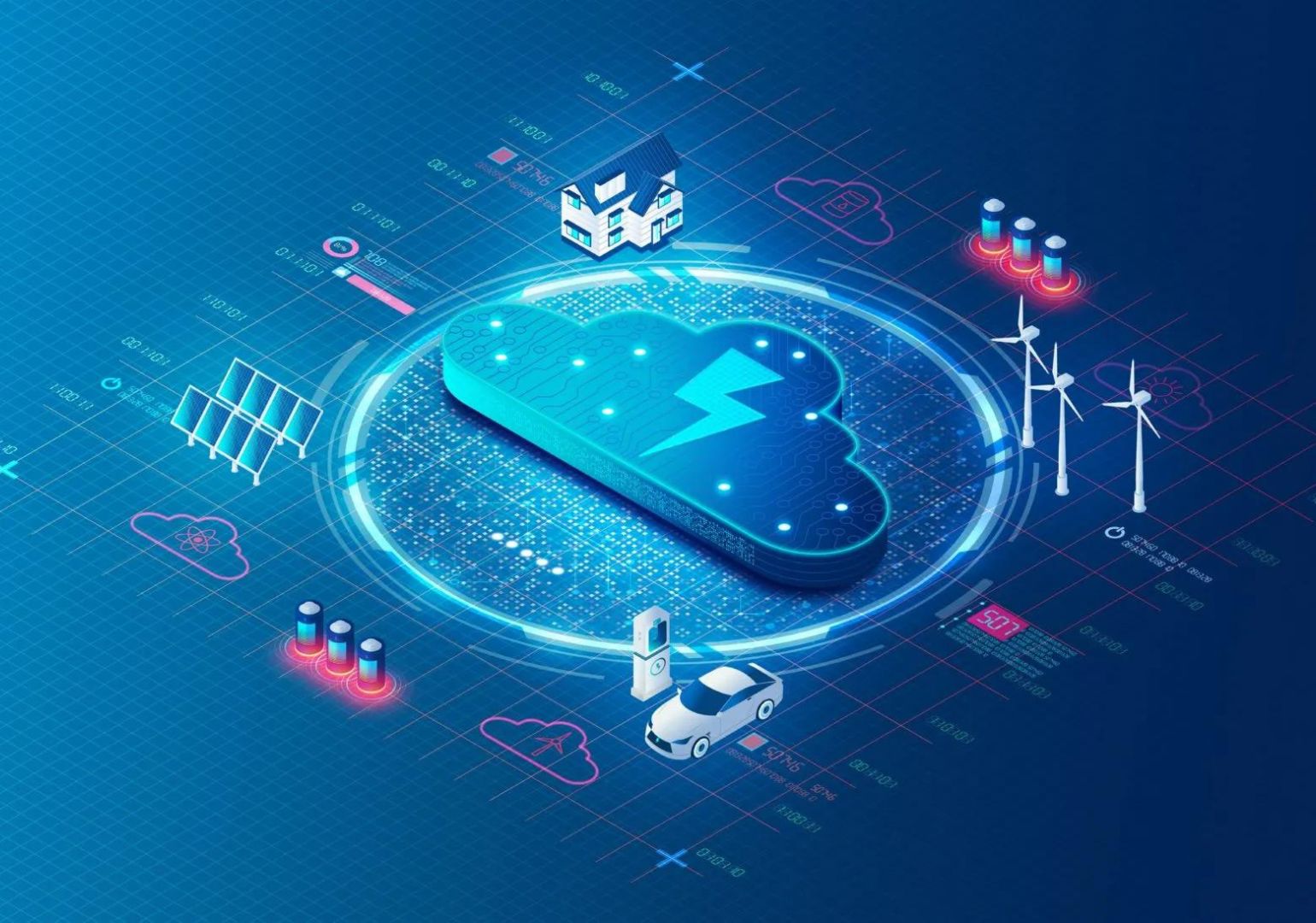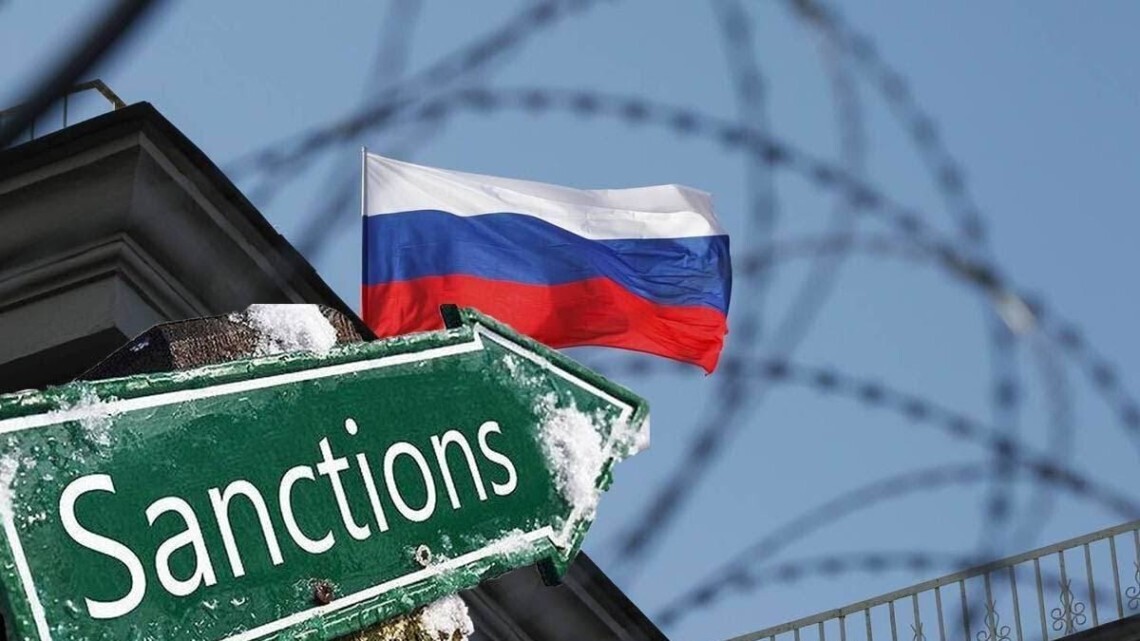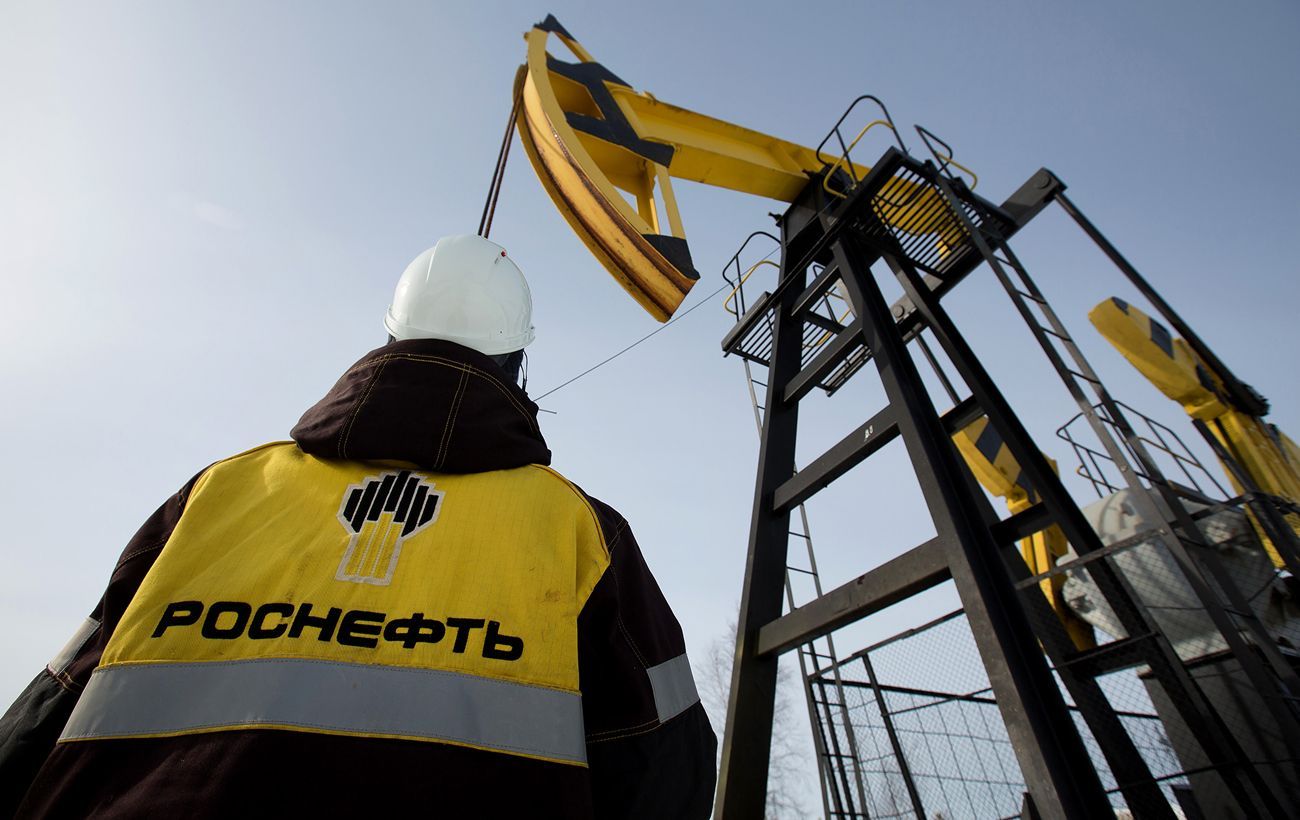Salome Janelidze, board member of the energy training center at GNERC talks about virtual power plants:
“In the fight against climate change, zero-emission renewable energy plays a particularly important role. In 2023, the President of the European Commission, Ursula von der Leyen, presented an initiative at COP28 to triple the installed capacity of renewable energy, which involves integrating at least 11 TW of renewable energy sources into the global grid. To achieve this goal, it is necessary to strengthen the electricity systems and increase their reliability, which is associated with significant investments.
Green energy sources, such as solar and wind, are inherently intermittent, posing unique challenges for electricity system operators. For the reliable operation of the enectricity system, it is necessary to observe its basic principle and to ensure that the supply of electricity always matches the consumption. Traditionally, this balance has been attained through fossil fuel power plants, or hydropower plants with dams, which have the technical ability to quickly increase or decrease electricity generation, according to the system’s needs. In addition to the fact that fossil fuel power plants emit greenhouse gases and contribute to global warming, reserve capacities also cause significant costs on consumers, since their availability is compensated by the system operator regardless of whether the capacity is activated or not.
Along with the transition to green energy, the development of alternative mechanisms for balancing and ensuring the reliability of the electricity system is on the agenda. One such mechanism is a virtual power plant, which, despite its name, provides the system with real power. A virtual power plant integrates and manages through software distributed energy resources – small facilities of electricity production, storage and consumption. Such can be solar or wind-powered power plants, heat pumps, electricity storage systems, electric cars, smart electrical appliances, electric chargers, etc.
Virtual power plants contribute to the decentralization of the power system and have the potential to transform traditional models of electricity generation and consumption. By combining and managing small-scale power generation and consumption facilities, a virtual power plant operator can offer dispatchable assets and flexibility services to the electricity system operator. The small size of distributed energy resources is a barrier to individual participation in wholesale electricity markets, however, by aggregating them, it is possible to reach a scale that allows a virtual power plant to become an effective market participant. By using a virtual power plant, it is possible to manage existing production capacities more effectively, decongest the grid, save electricity and thus reduce greenhouse gas emissions.
Virtual power plants enhance the power system with dynamic flexibility, adjusting generation and consumption on demand. Should the system require additional energy, virtual power plants can promptly deliver renewable electricity to the grid, sourced from an array of small-scale generators or released from storage systems. In case of shortage, the virtual power plant can offer demand management services to the power system and reduce the load by disconnecting customers’ smart appliances. Distributed energy resources are dispatched automatically in accordance with the results of the wholesale electricity market.
Optimization and management of distributed energy resources related to the virtual power plant is carried out through special software. This software analyses real-time power system conditions alongside historical trends and predictive forecasts to devise strategic trading decisions. Agreements between the virtual power plant operator and distributed energy resource owners promulgate the governance of these resources. The owner of a distributed electricity resource can, by participating in a virtual power plant, receive income and reduce electricity costs.
Virtual power plants allow to reduce the amount of necessary investments in the power system. According to the International Energy Agency, to implement the net zero pledges, the average amount of investments in the network will reach 630 million USD by 2030, and 830 million USD by 2050. By optimizing existing capacities and consuming generated electricity locally, virtual power plants have the potential to reduce these costs. The U.S. Department of Energy estimates that by 2030, tripling the capacity of virtual power plants could address 10-20% of peak demand.
One of the largest virtual power plants in Europe is operated by Next Kraftwerke, a German company that was acquired by Shell in 2021. The virtual power plant operates in several countries on the continent and integrates thousands of distributed energy resources: small electricity producers, storage systems and consumers. The company’s portfolio also includes a 1.25 MW electrolyser that uses excess renewables in the system to produce green hydrogen. The produced hydrogen is blendeed with natural gas and delivered to consumers through pipelines.
Virtual power plants have significant potential in Georgia as well. As of January 2024, there were 1,066 micropower plants operating in the country with a total installed capacity of 67 MW. By combining these production capacities, electricity storage systems and consumer resources, virtual power plants are well-positioned to offer various products and services on the wholesale market, including energy, balancing, and ancillary services. Through the virtual power plant, it is possible to shave peak demand and required balancing capacities, as well as greenhouse gas emissions, which will contribute to the achievement of Georgia’s climate targets. Also, with the development of electric vehicles, it will be possible to use their batteries to provide additional services to the system. With advancements in artificial intelligence and the Internet of Things, the significance of virtual power plants is expected to further increase.
The essence of virtual power plants lies in the collective endeavor for a sustainable future. Power is in unity – by combining each kilowatt generated or conserved, it is possible to contribute to the smooth and reliable operation of the electricity system”. S












